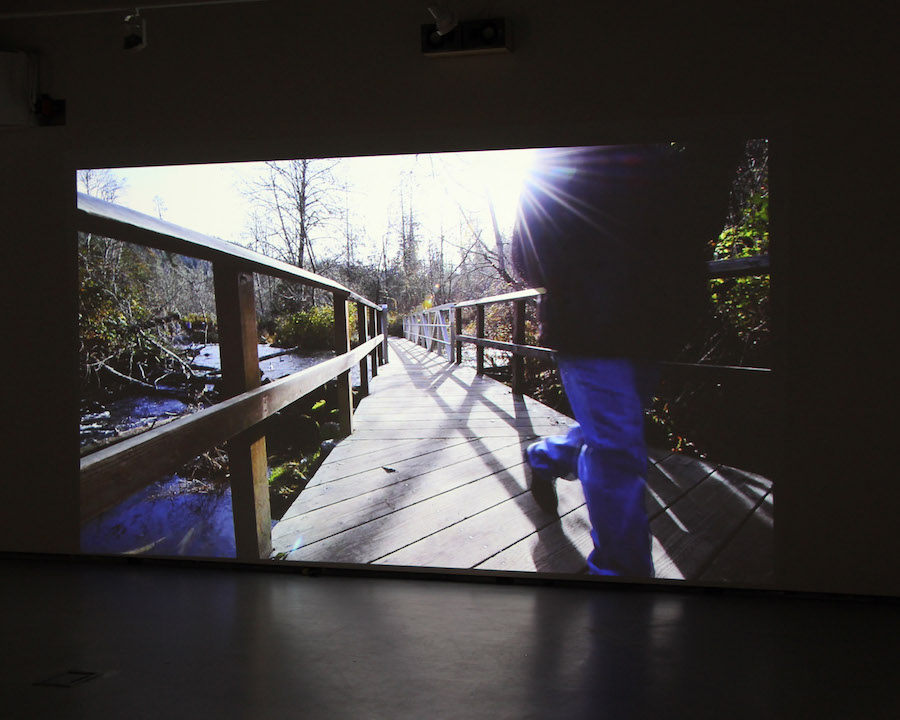Beyond Borders Go Global Tanzania 2019: Community, Creativity, and Communications
Beyond Borders Go Global Tanzania 2019: Community, Creativity, and Communications The Beyond Borders: Go Global Tanzania 2019 exhibit shares a few glimpses into the works created by students who participated in the Go Global Tanzania: Community, Creativity, and Communications program Summer Term 1, 2019. The program enabled UBC Okanagan and UBC Vancouver students from all degree programs to immerse themselves...

 Follow
Follow


